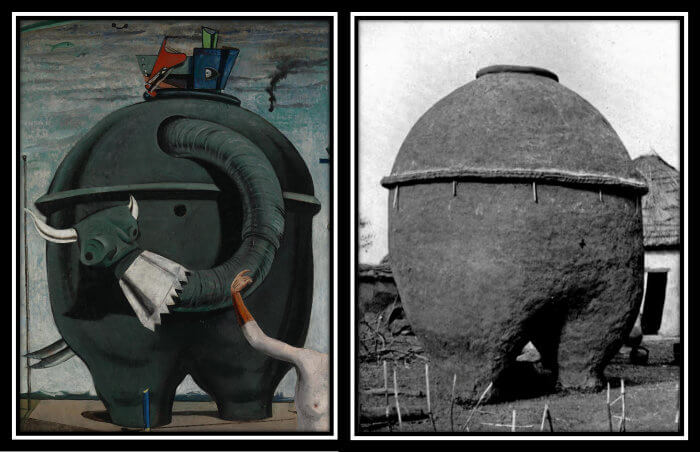RADIUM AGE ART (1921)
By:
August 5, 2024
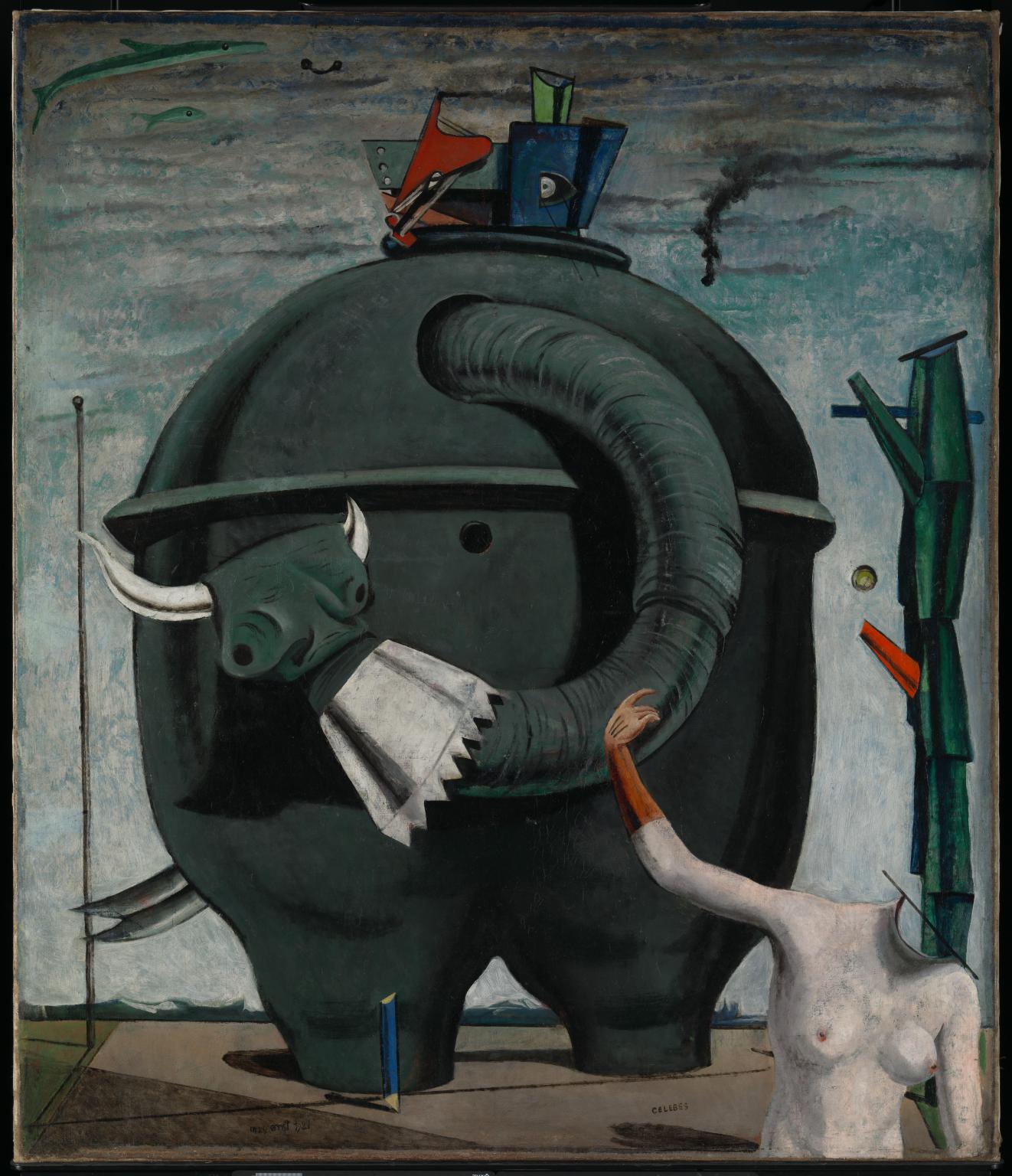
A series of notes regarding proto sf-adjacent artwork created during the sf genre’s emergent Radium Age (1900–1935). Very much a work-in-progress. Curation and categorization by Josh Glenn, whose notes are rough-and-ready — and in some cases, no doubt, improperly attributed. Also see these series: RADIUM AGE TIMELINE and RADIUM AGE POETRY.
RADIUM AGE ART: 1900 | 1901 | 1902 | 1903 | 1904 | 1905 | 1906 | 1907 | 1908 | 1909 | 1910 | 1911 | 1912 | 1913 | 1914 | 1915 | 1916 | 1917 | 1918 | 1919 | 1920 | 1921 | 1922 | 1923 | 1924 | 1925 | 1926 | 1927 | 1928 | 1929 | 1930 | 1931 | 1932 | 1933 | 1934 | 1935 | THEMATIC INDEX.
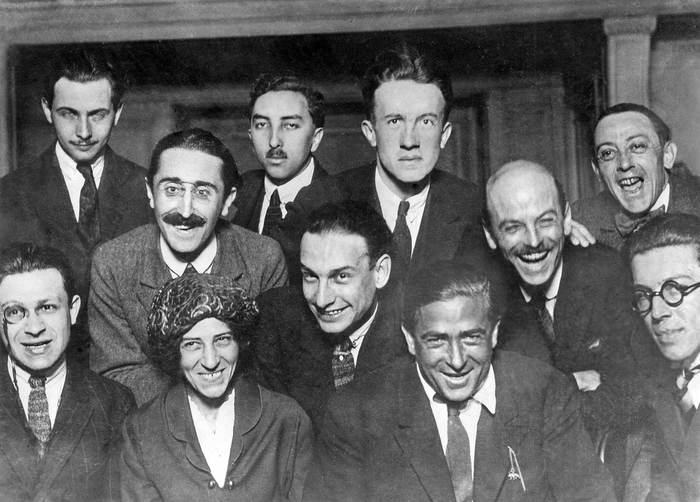
L to R, Back row: Louis Aragon, Theodore Fraenkel, Paul Eluard, Clément Pansaers, Emmanuel Fay (cut off). Second row: Paul Dermée, Philippe Soupault, Georges Ribemont-Dessaignes. Front row: Tristan Tzara (with monocle), Celine Arnauld, Francis Picabia, André Breton.
The first introduction of Dada artwork to the Parisian public was at the Salon des Indépendants in 1921.
Paul Sérusier publishes his ABC of Painting.
Miró moves to Paris, where he invents a new kind of fantastical cubism, arranging isolated body parts within a stripped-down cubist grid.
In 1921, in a letter to Steiner, Mondrian argued that his neoplasticism was “the art of the foreseeable future for all true Anthroposophists and Theosophists”.
Andre Breton, a founding member of the Paris Dada circle, stages a mock trial of a libertarian author who’d become an ultranationalist during the war; this precipitates a break between Breton and Dada cofounder Tristan Tzara, who rejects the idea of one person holding moral authority over another.
Rutherford and Chadwick disintegrate almost all the elements as a preliminary to splitting the atom. Soddy wins the Nobel Prize for Chemistry, Einstein for Physics.
Wittgenstein’s Tractatus Logico-Philosophicus.
Hitler’s storm troopers (SA) begin to terrorize political opponents; Germany’s economy begins to collapse.
Also see: RADIUM AGE: 1921.
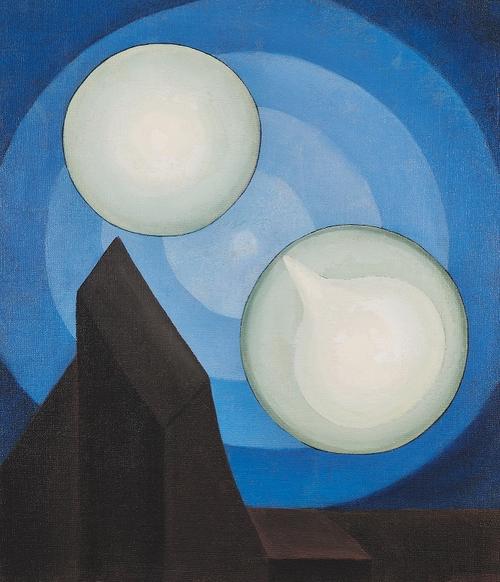
The Canadian painter Henrietta Shore was often held in greater esteem than Georgia O’Keeffe during their early careers.
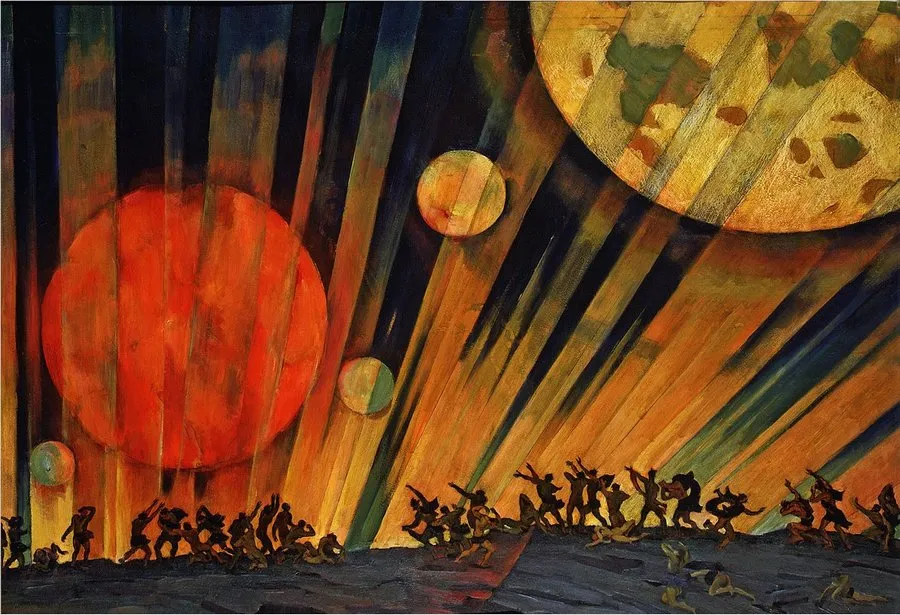
Summing up the hopes and fears of the revolutionary years, we read in Abstract Art: A Global History, The New Planet depicts the new Soviet state as a red planet rising into the sky, accompanied by exultant beams of light like the spotlights at a Hollywood opening.

The carefully posed subject, a young man with wrench in hand, is hunched over, surrounded by the machinery that defines his job.
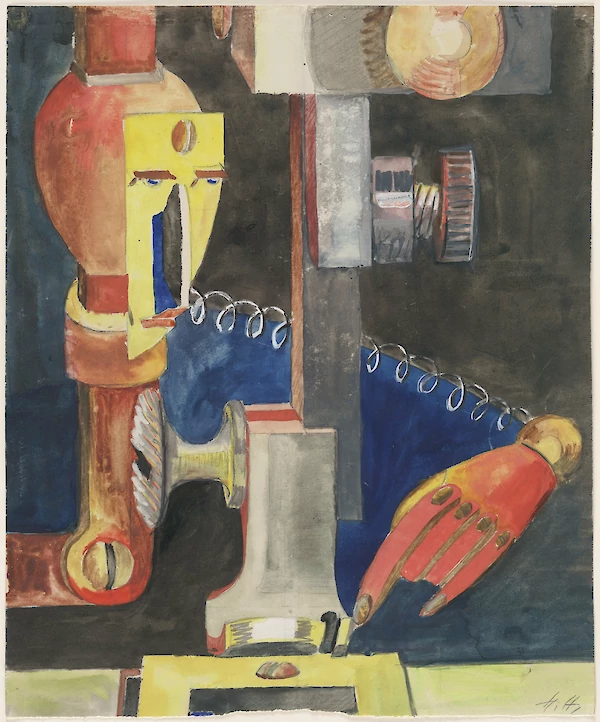

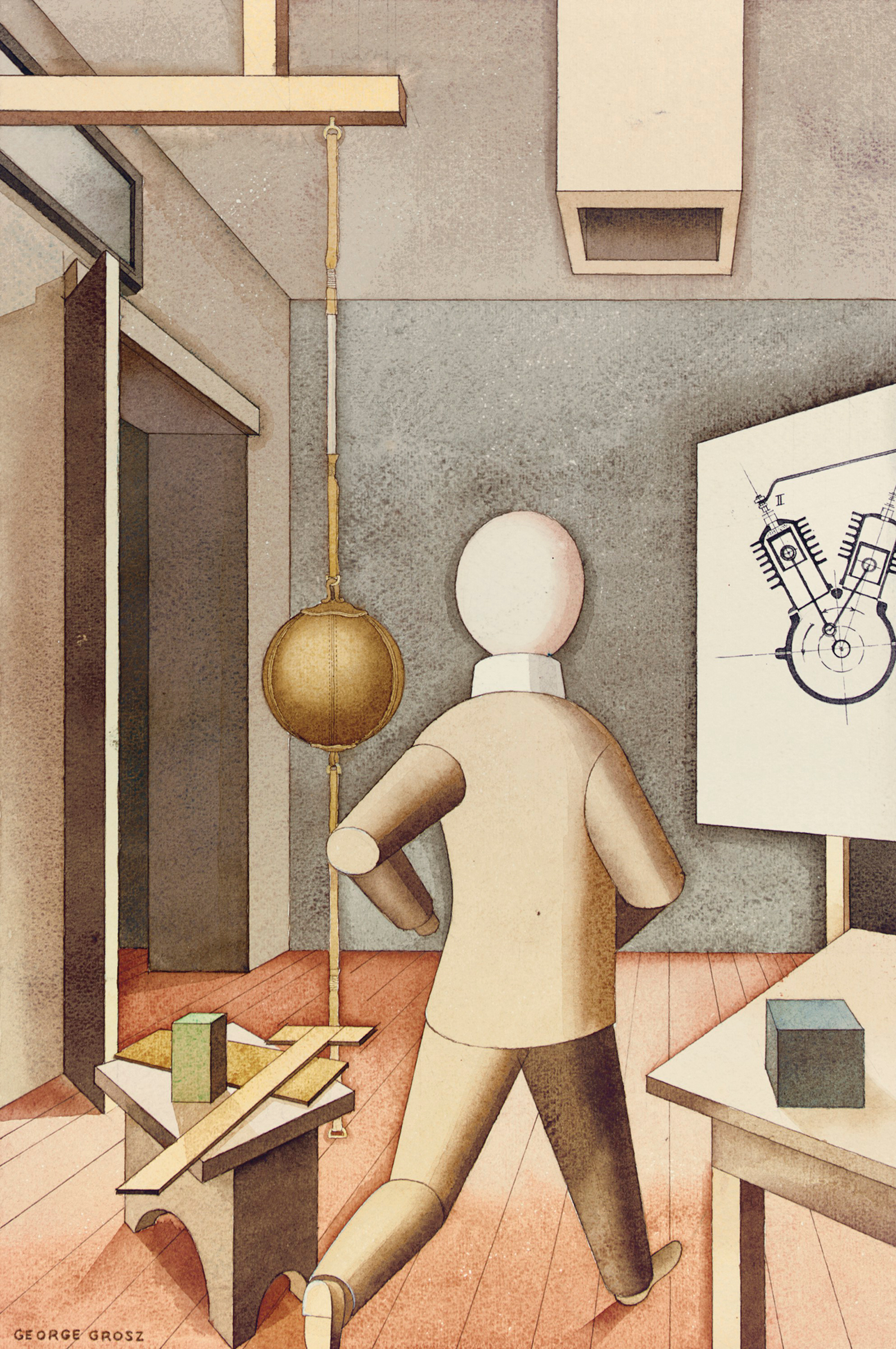
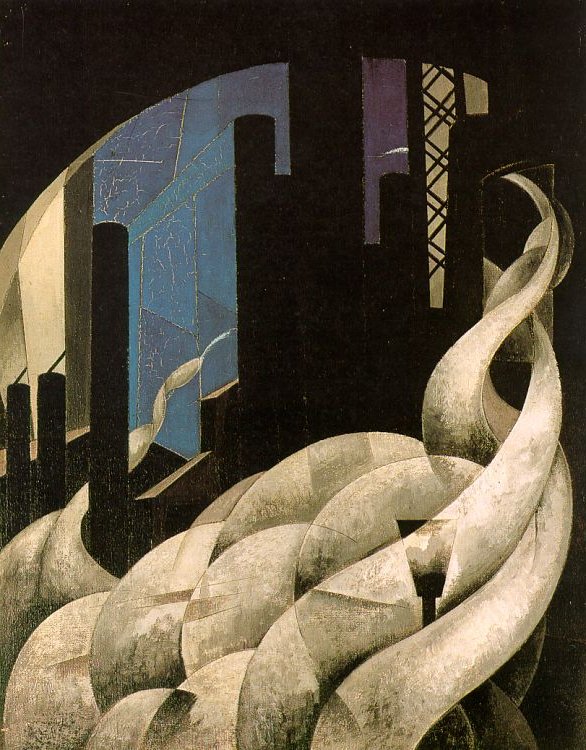
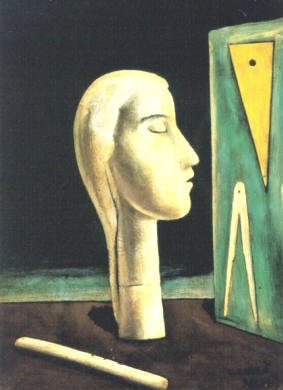
It portrays an enigmatic head of a maiden on a brown table, flanked by a green panel with a triangle and a compasses (symbols of rationalism). The black background contributes to underline the timeless atmosphere of the scene.
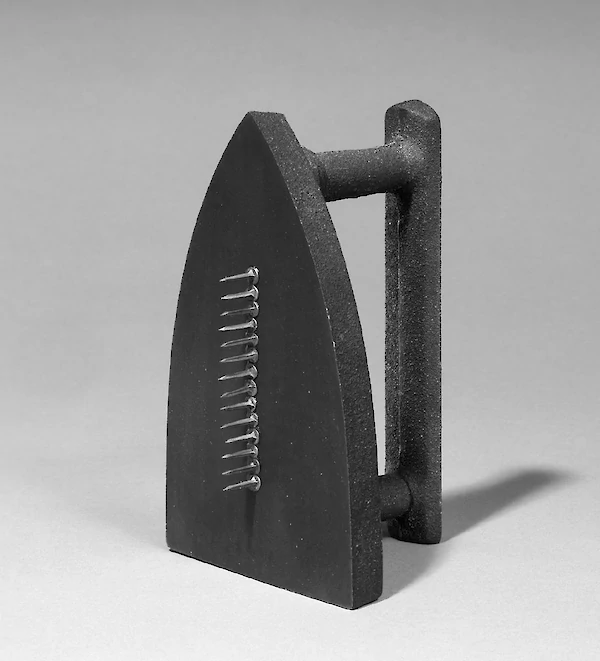
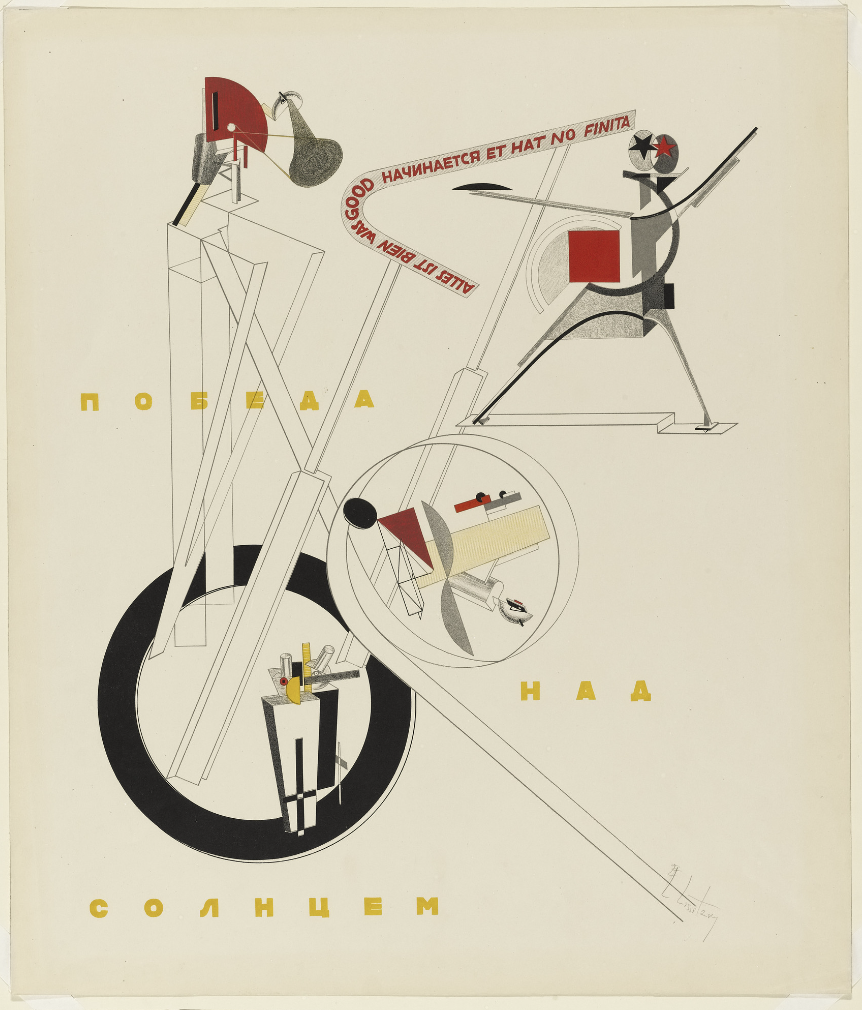
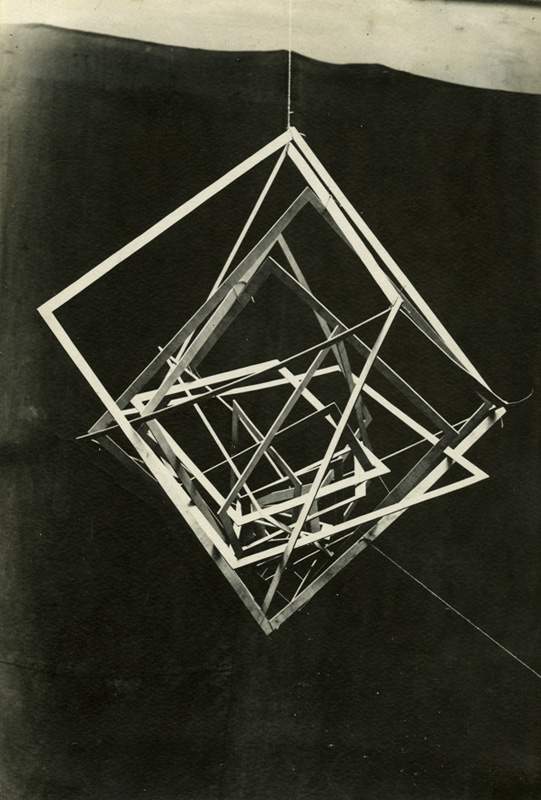
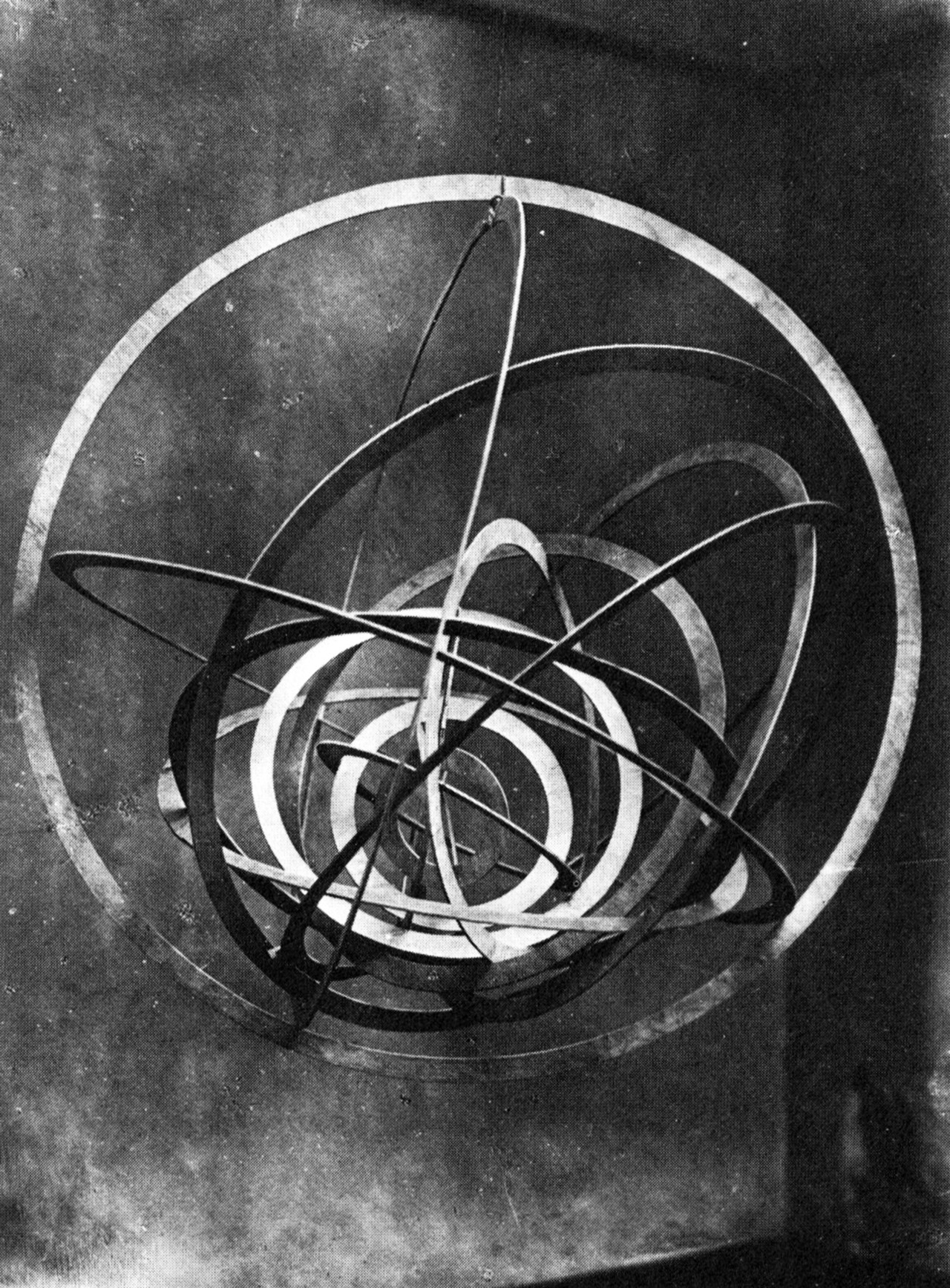
Pepe Karmel suggests that the imag of the solar system entered modern art around 1920 in works such as Hanging Spatial Construction no. 9 (Circle in a Circle). Rodchenko’s earlier paintings and drawings depicted orbiting planets, inspired by Kupka’s Amorpha (see 1912). His hanging constructions translated this imagery into a 3D medium. In the heady atmosphere of 1920s Russia, writes Karmel, the revolution of the pkanets became a symbol of radical change.
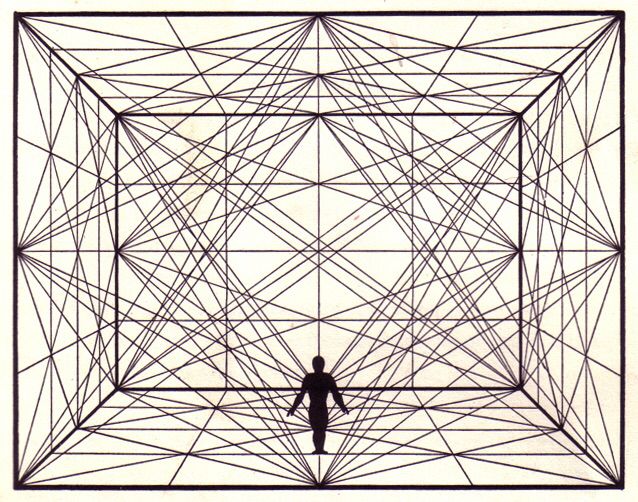

From MoMA website: “Black lines radiating outward from the round form at the painting’s center resemble the spokes of a bicycle wheel, like the one also on view in this gallery that so fascinated the artist’s brother Marcel Duchamp. Circles — some hand-painted, others cut from printed silver paper — evoke a flickering motion. This work’s ambiguous title, which brings together the nouns ‘solitude’ and ‘funnel,’ suggests a mechanical counterpart to a psychological state.”
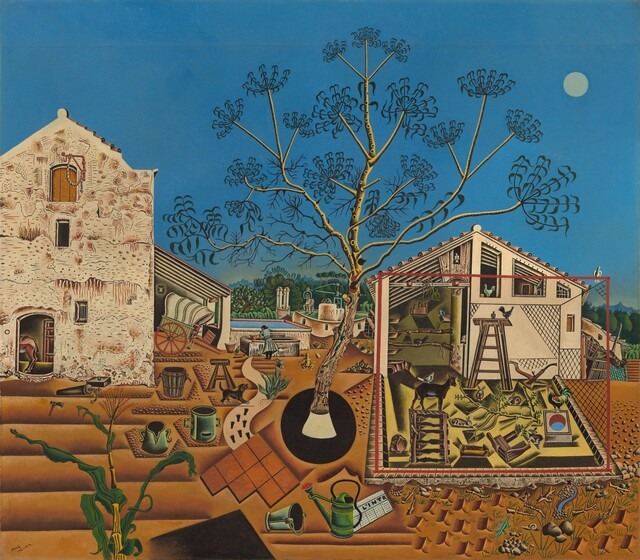
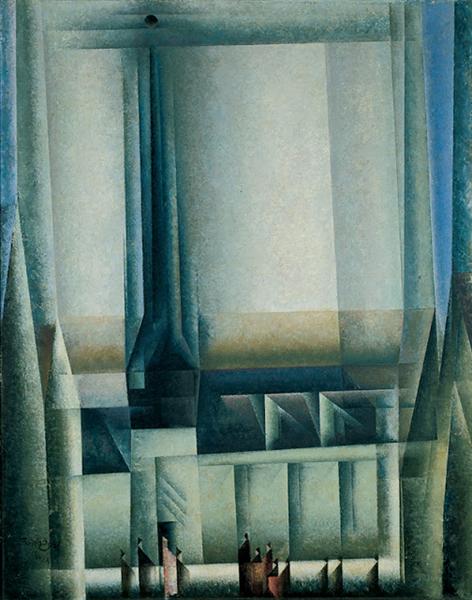
See below for an example of this art work used for a science fiction book’s cover illustration.
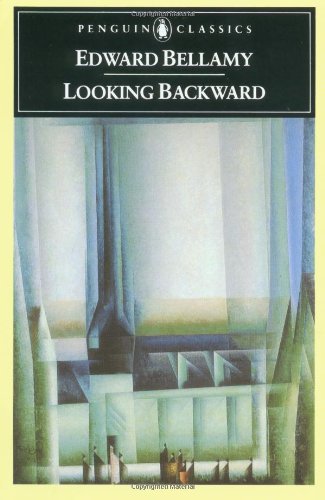

An example of Purism.

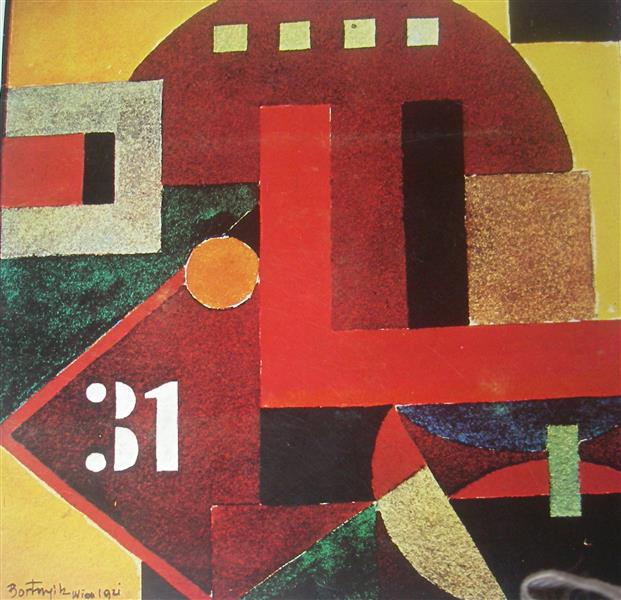
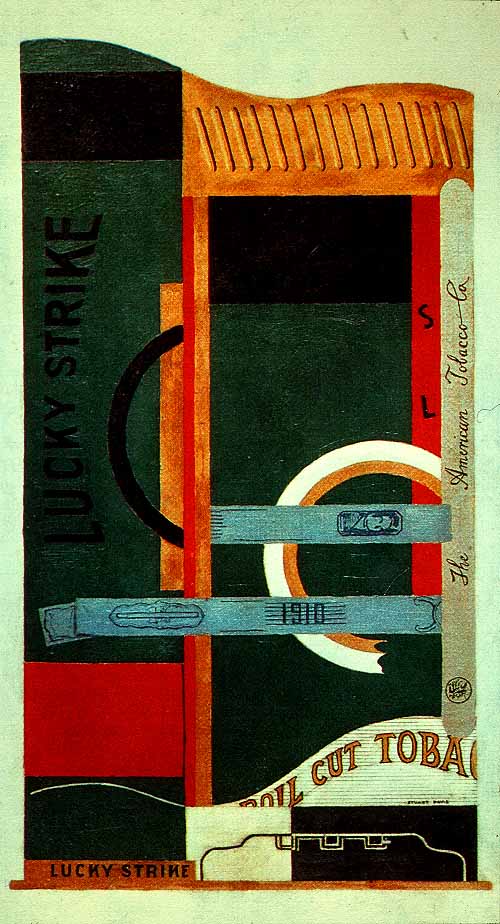
Placing this proto-Pop Art painting here for the moment because Davis was a Precisionist.
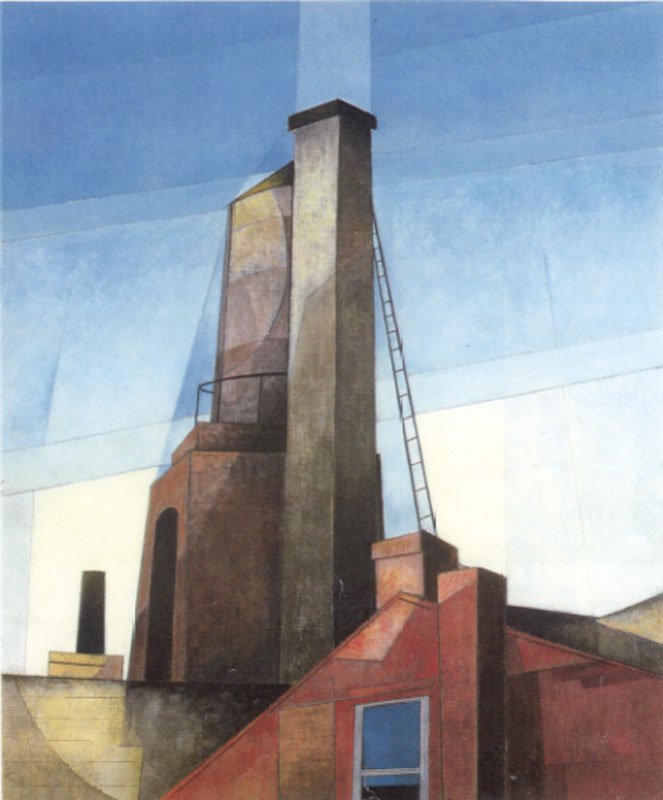
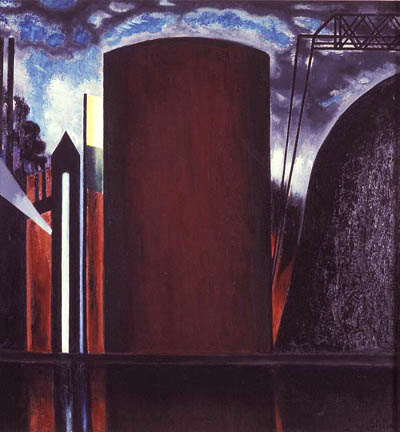

The central rotund shape in this painting derives from a photograph of a Sudanese corn-bin, which Ernst has transformed into a sinister mechanical monster. Ernst often re-used found images, and either added or removed elements in order to create new realities, all the more disturbing for being drawn from the known world. The work’s title comes from a childish German rhyme that begins: ‘The elephant from Celebes has sticky, yellow bottom grease’. The painting’s inexplicable combinations, such as the headless female figure and the elephant-like creature, suggest images from a dream and the Freudian technique of free association.
Giorgio de Chirico was an inspiration for the early Surrealists, and Celebes’ palette and spatial construction show his influence.
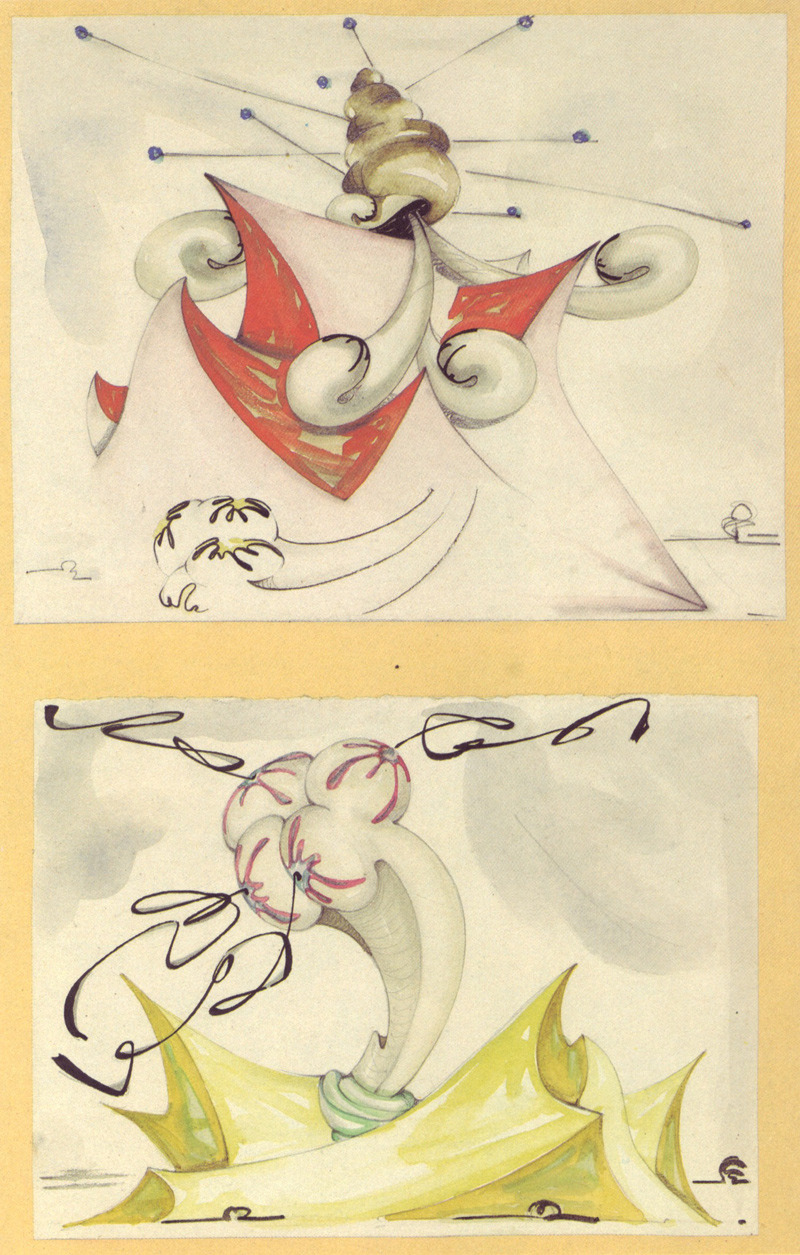
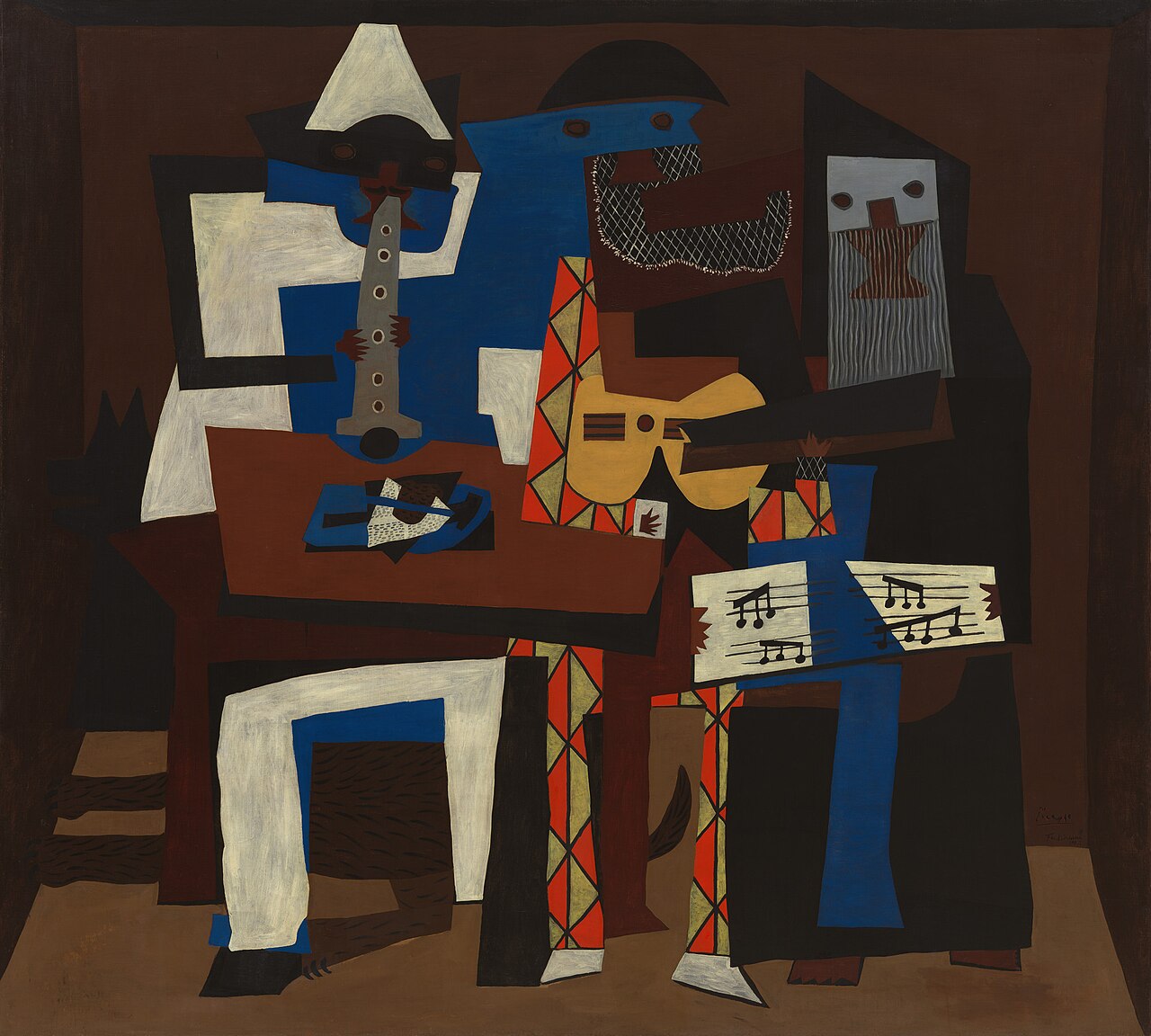
The Pierrot is believed to represent the poet Apollinaire, the Harlequin is believed to represent Picasso, and the monk is believed to represent the poet Max Jacob. Apollinaire and Jacob were close friends of Picasso before Apollinaire died of the Spanish flu in 1918 and Jacob entered a Benedictine monastery in the spring of 1921.
Exemplifies the Synthetic Cubist style; the flat planes of color and “intricate puzzle-like composition” giving the appearance of cutout paper with which the style originated.
See below for an example of “Three Musicians” used as sf cover art.
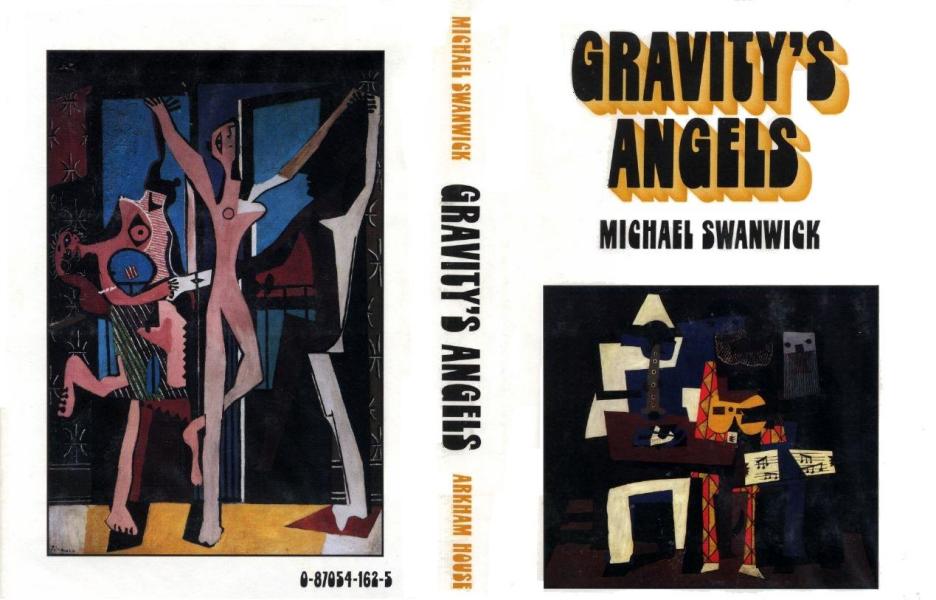

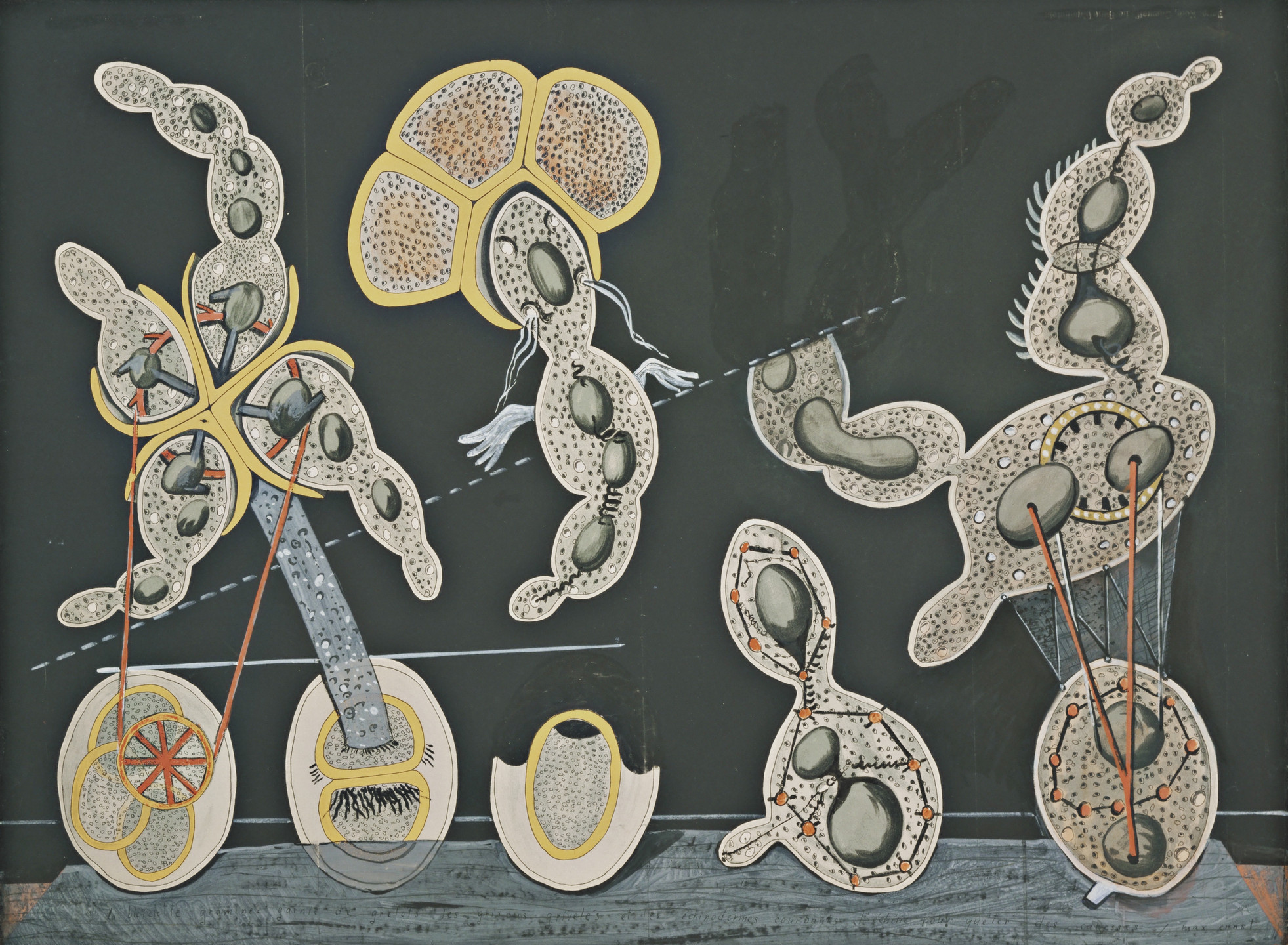
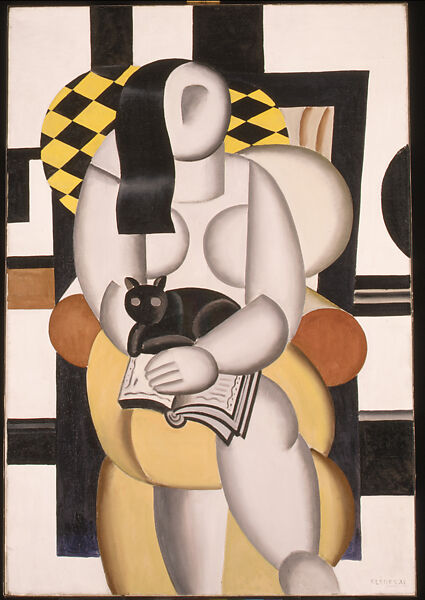
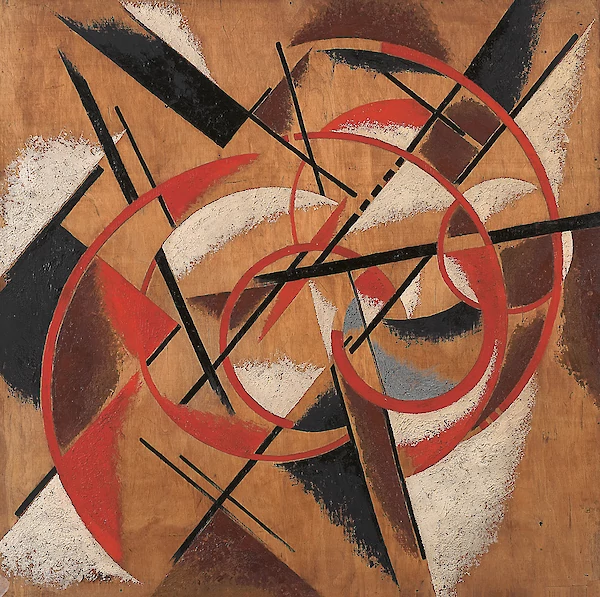
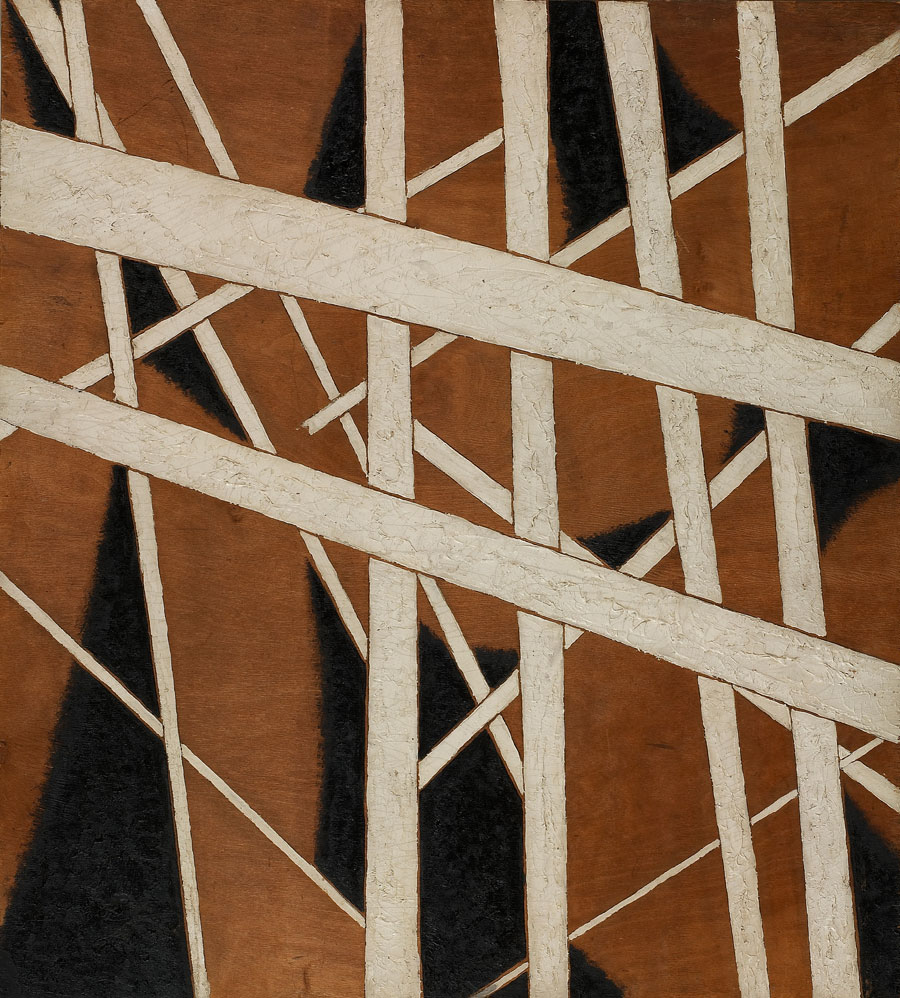

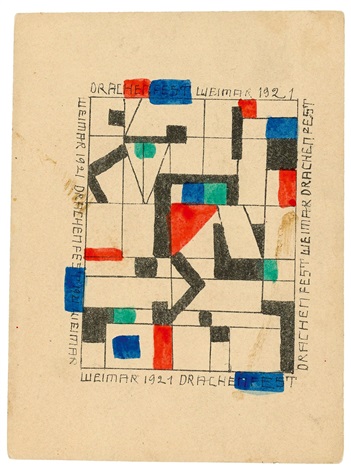
Lothar Schreyer was a German artist, writer, editor, stage designer and gallery owner. He was the first Master of the stagecraft workshop at the Bauhaus art school.
Scheyer, like fellow teachers Johannes Itten and Gertrud Grunow, was regarded as one of the Bauhaus “esoterics,” as opposed to the more technically-minded Gropius.
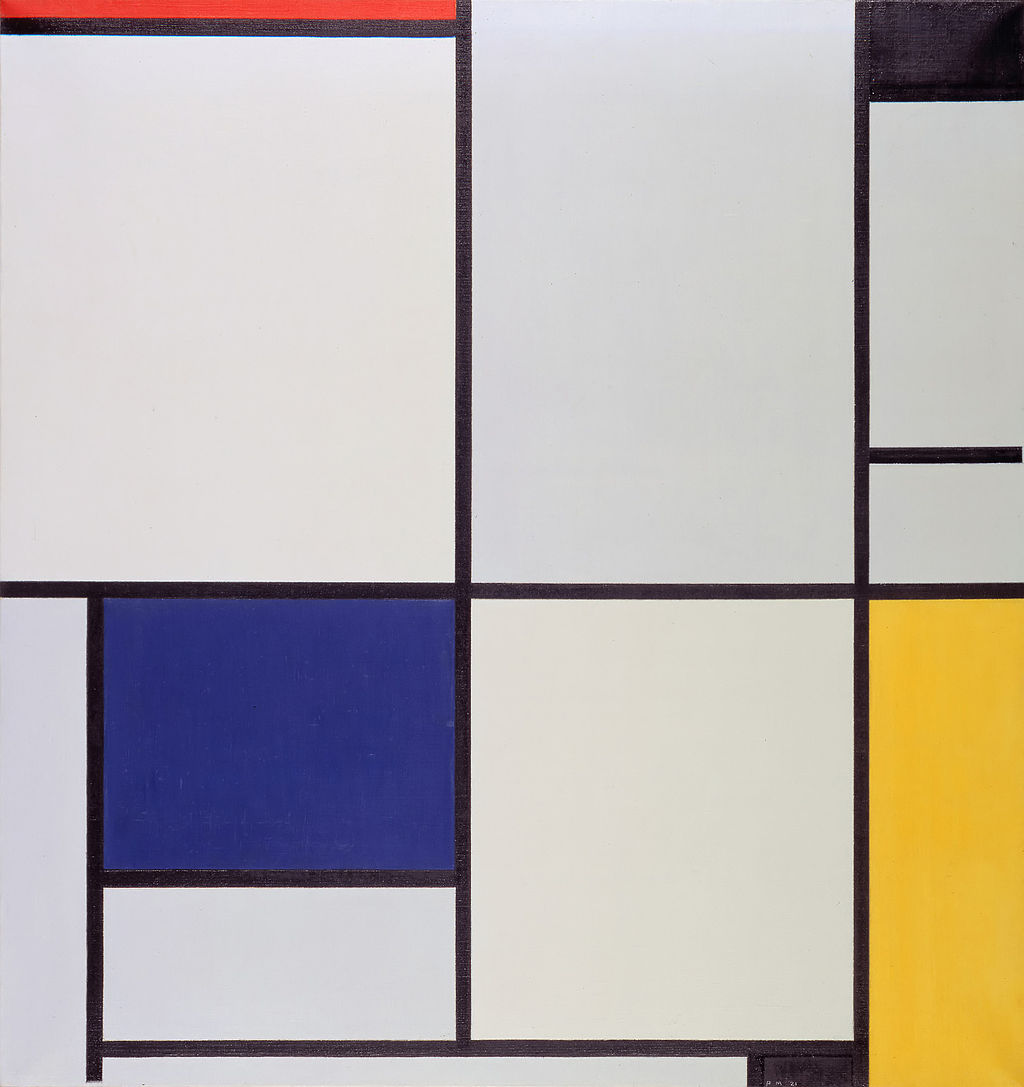
During late 1920 and 1921, Mondrian’s paintings arrive at what is to casual observers their definitive and mature form. Thick black lines now separate the forms, which are larger and fewer in number, and more of the forms are left white. This was not the culmination of his artistic evolution, however. Although the refinements became subtler, Mondrian’s work continued to evolve during his years in Paris.

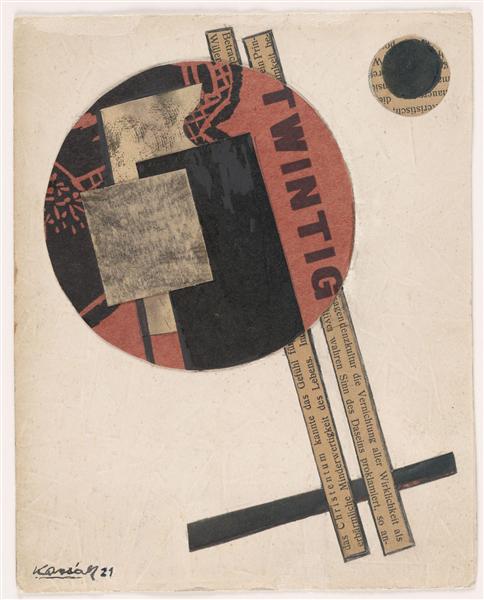
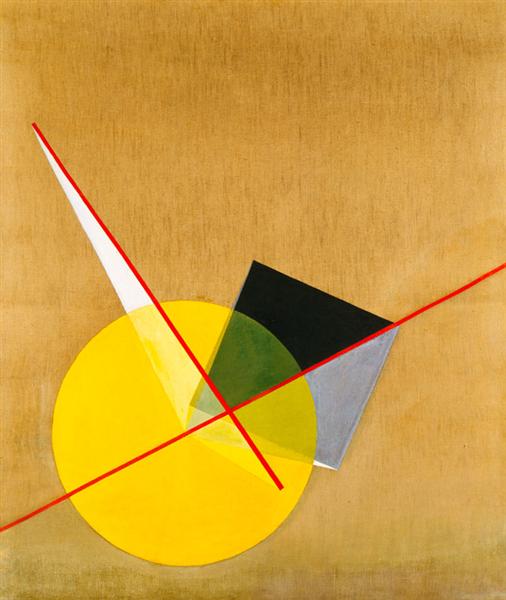
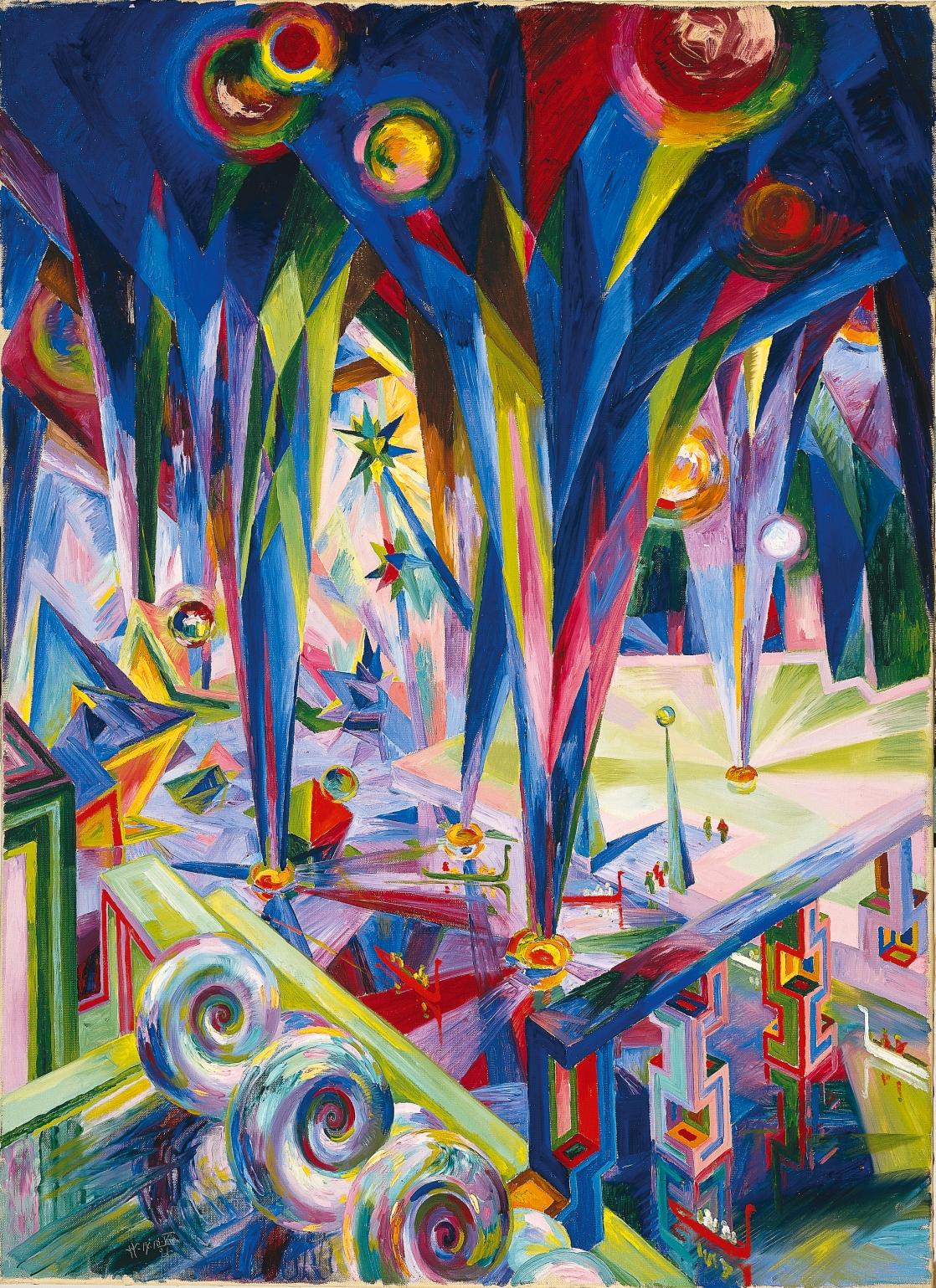
ALSO…
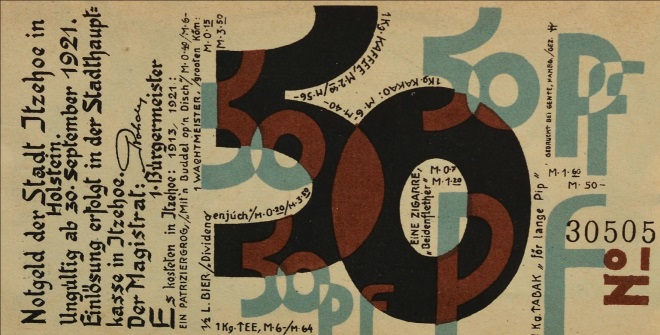
During the First World War, the Reichsbank in Germany was physically unable to print enough money. Notgeld (emergency money) was unofficially issued by city authorities in its place. After the initial economic necessity had passed at the end of the war, Notgeld was printed as collectors’ items, such as this 50 Pfennig note designed in 1921 by Wenzel Hablik.
MORE RADIUM AGE SCI FI ON HILOBROW: RADIUM AGE SERIES from THE MIT PRESS: In-depth info on each book in the series; a sneak peek at what’s coming in the months ahead; the secret identity of the series’ advisory panel; and more. | RADIUM AGE: TIMELINE: Notes on proto-sf publications and related events from 1900–1935. | RADIUM AGE POETRY: Proto-sf and science-related poetry from 1900–1935. | RADIUM AGE 100: A list (now somewhat outdated) of Josh’s 100 favorite proto-sf novels from the genre’s emergent Radium Age | SISTERS OF THE RADIUM AGE: A resource compiled by Lisa Yaszek.

